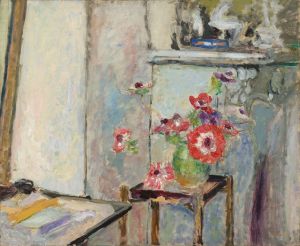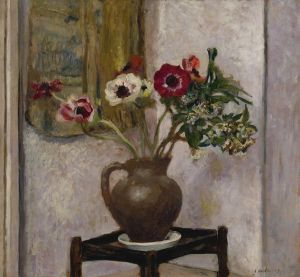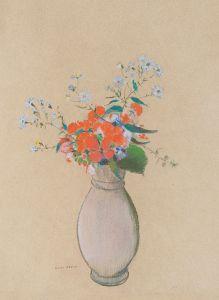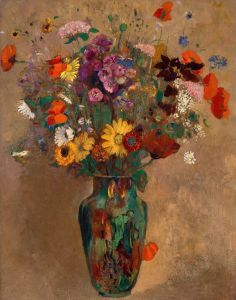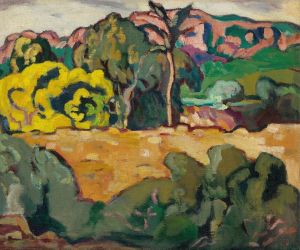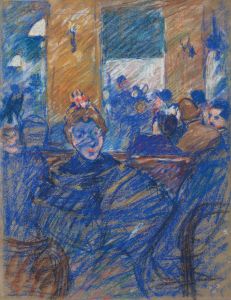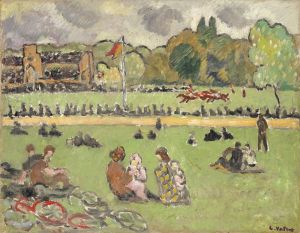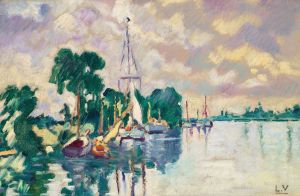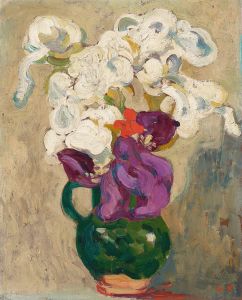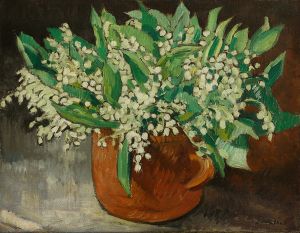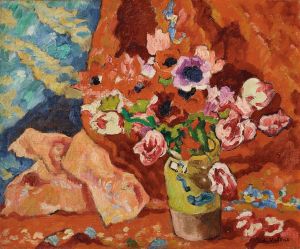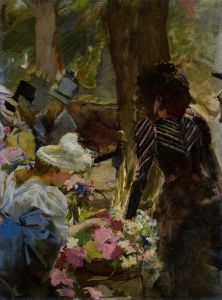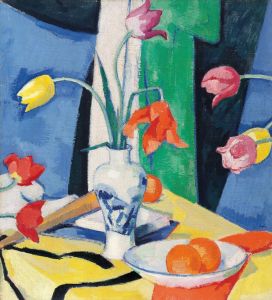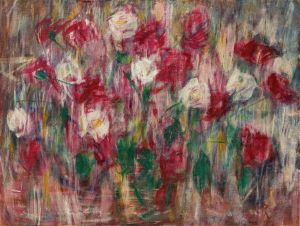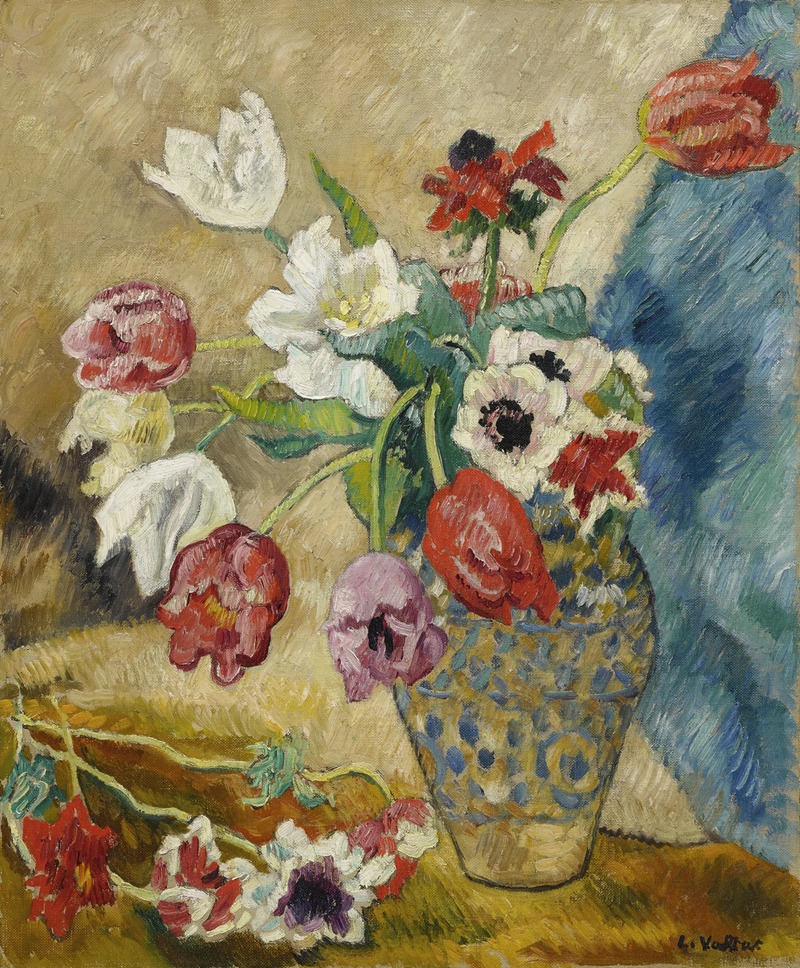
Tulipes et anemones
A hand-painted replica of Louis Valtat’s masterpiece Tulipes et anemones, meticulously crafted by professional artists to capture the true essence of the original. Each piece is created with museum-quality canvas and rare mineral pigments, carefully painted by experienced artists with delicate brushstrokes and rich, layered colors to perfectly recreate the texture of the original artwork. Unlike machine-printed reproductions, this hand-painted version brings the painting to life, infused with the artist’s emotions and skill in every stroke. Whether for personal collection or home decoration, it instantly elevates the artistic atmosphere of any space.
Louis Valtat (1869–1952) was a French painter associated with the Post-Impressionist and Fauvist movements. Known for his vibrant use of color and bold compositions, Valtat played a significant role in the transition from Impressionism to the more experimental styles of the early 20th century. His works often depicted landscapes, still lifes, and scenes of everyday life, characterized by a distinctive use of light and texture.
"Tulipes et anémones" (translated as "Tulips and Anemones") is one of Valtat's notable still-life paintings. While specific details about the creation date and context of this particular work are not widely documented, it is consistent with Valtat's broader artistic style, which frequently explored floral themes. He had a deep appreciation for the natural world, and flowers were a recurring subject in his oeuvre. In "Tulipes et anémones," Valtat employs his characteristic vivid palette and expressive brushwork to depict a bouquet of tulips and anemones. The composition reflects his interest in the interplay of color and form, with the flowers rendered in rich, saturated hues that stand out against the background.
Valtat's still-life paintings, including "Tulipes et anémones," are often celebrated for their decorative quality and emotional resonance. His approach to painting flowers was not merely representational but also experimental, as he sought to capture the essence of his subjects through dynamic color contrasts and textured surfaces. This work exemplifies his ability to balance realism with a more abstract, almost modernist sensibility.
Louis Valtat was trained at prestigious institutions such as the École des Beaux-Arts and the Académie Julian in Paris. Early in his career, he was influenced by Impressionism and the works of artists like Claude Monet and Pierre-Auguste Renoir. However, he soon developed his own distinctive style, incorporating elements of Fauvism, particularly in his use of bold, non-naturalistic colors. Valtat was also associated with prominent artists of his time, including Paul Signac and Henri Matisse, and he exhibited his works in major salons and galleries throughout France.
Today, "Tulipes et anémones" is recognized as an example of Valtat's mastery in still-life painting and his contribution to modern art. The painting is held in a private collection or museum, though its exact location and ownership may not be publicly documented. Valtat's works, including this piece, continue to be appreciated for their vibrant energy and innovative approach to color and composition.





